The Art of Star Trek – The Kelvin Timeline is a superb companion piece to the recently released Kelvin Timeline reference book: Star Trek Beyond – The Makeup Artistry of Joel Harlow. It’s also the premier reference book on the impressive creative team that brought the Kelvin Timeline to life 10 years ago.
Covering all three movies in the Kelvin Timeline, the book tracks the creative genesis of a myriad of topics, broken down into three large sections covering Star Trek (2009), Star Trek Into Darkness and Star Trek Beyond. The 192-page oversized, hardcover release from Titan Books is a hefty addition to your bookshelf or coffee table.
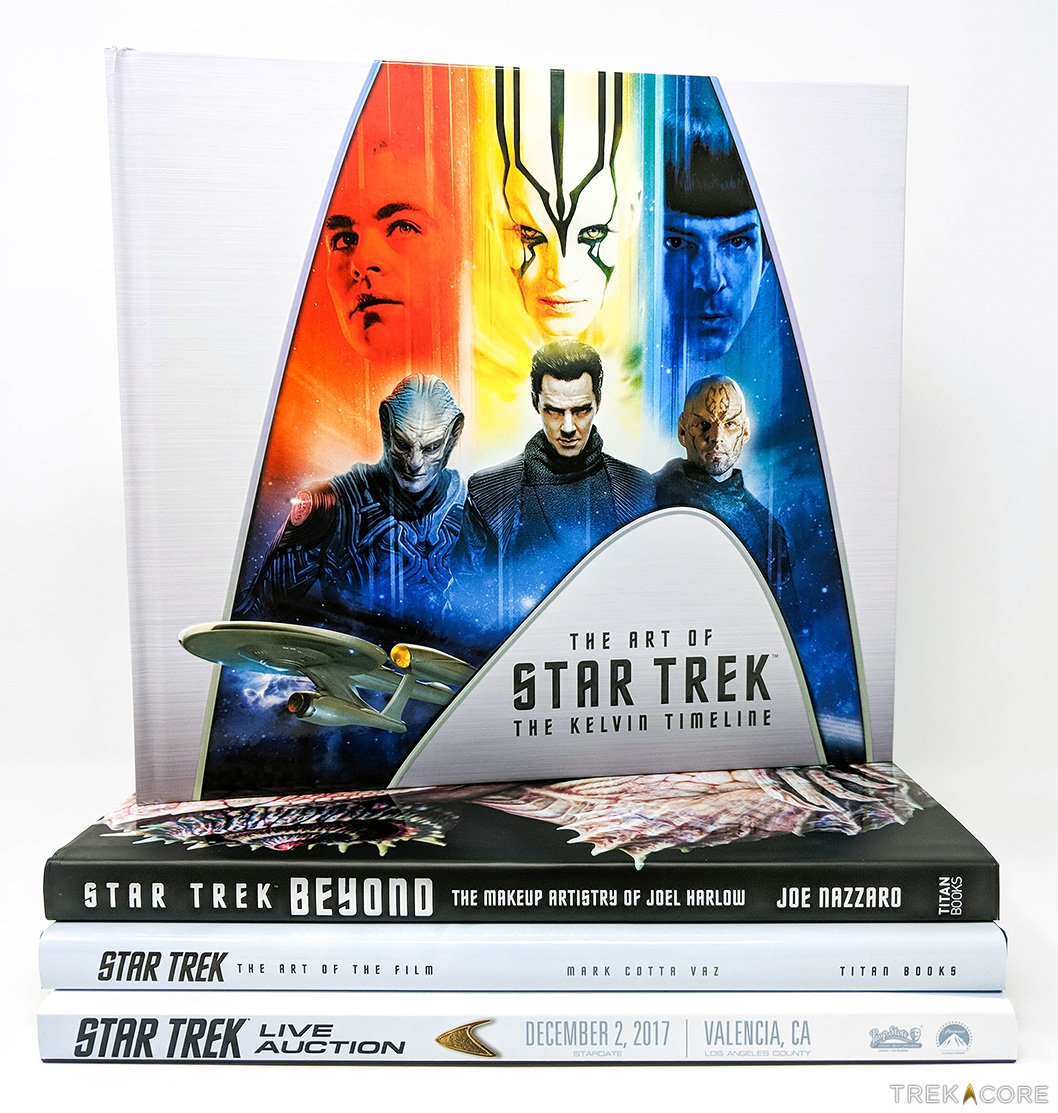
The books 38 different topics include more than costume, prop and ship designs. The two-page spreads layered throughout the publication also include details on location, creature and visual effect designs, as well as the dissection of a few pivotal scenes from the films (including Khan’s attack on Starfleet Academy in Into Darkness and Kirk’s motorcycle rescue of his crew in Beyond).
In the same way that Joel Harlow’s book cleverly served as both a making-of resource and an in-universe reference book for Beyond, the expert organization of this tome by the book’s author Jeff Bond accomplishes the same task. (Although a sampling of the first film’s imagery in the book can also be found in 2010’s The Art of Star Trek, the descriptive prose and interviews are all seemingly new.)
Following a foreword from Beyond director Justin Lin, the book opens with an extensive 10-page section on the USS Kelvin, a ship that sets the tone for the Kelvin Timeline from the opening moments of the first J.J. Abrams film. From concept artist James Clyne’s interior design of the bridge to John Eaves expansive shuttle sketches — including the medical shuttle where James T. Kirk would be born — the new details are fun to go through.
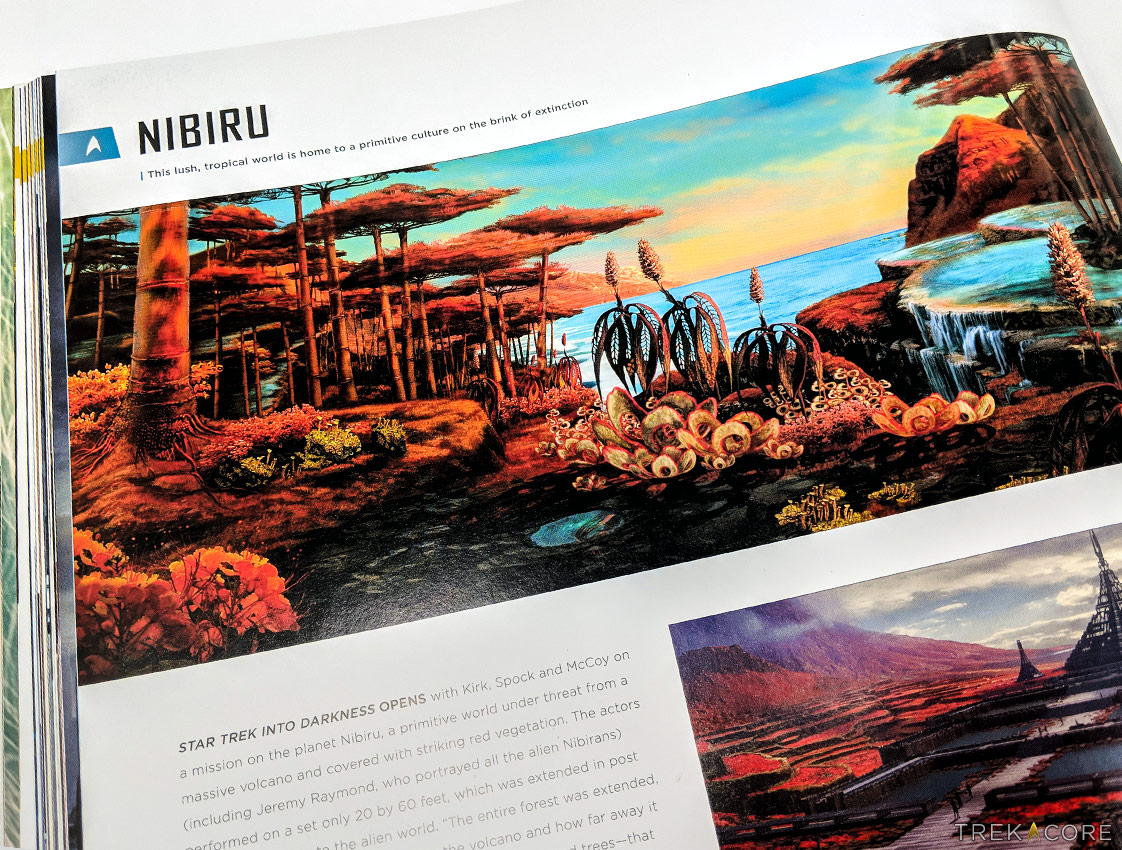
Of course, the real star here is right in the book’s name. It’s the amazing art that bleeds off almost every page in big, bold, colorful ways. From a beautiful two-page spread of the Kelvin shuttlebay in deep dark reds to the light metallic hues detailing an entry passage on the Yorktown Station, this book is all about the art.
The 10-page section on Yorktown is particularly impressive and features some of the early designs for the station, as well as the thinking behind incorporating some of the modern architecture in Dubai, where many of the Yorktown scenes were filmed.
In the eight-page section on Vulcan, Clyne’s extensive artwork of the unique architecture, including cities hanging downward from tectonic rock strata, is staggeringly beautiful. “I thought it would be great to have cities underneath all of that as well, not only cities on the ground, but cities hung underneath, almost like bats hanging from these rocks.”
In creating the Narada for Star Trek (2009), the unique Romulan ship design (also by James Clyne) ended up being based on an avocado. “We have to build that?” said visual effects art director Alex Jaeger the first time he saw Clyne’s artwork. “And then we got the spec of how big it was and we said we’d start building it now and the model would be done the day the movie comes out.”
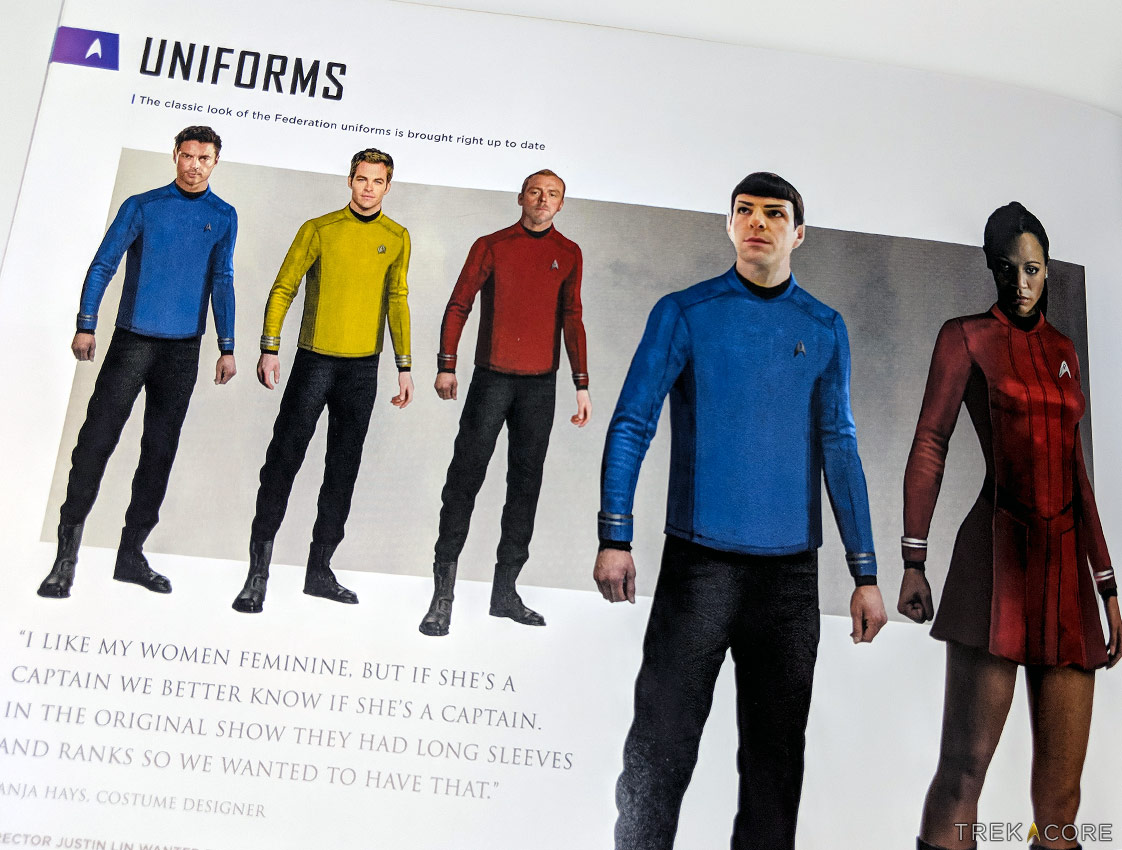
In terms of creature design, the 12-page section on the Niburu planet features a number of amazing initial looks for the Nibiran natives, including some early CG creature designs. “It took us probably nine months to figure out the tribe itself because JJ decided, to his credit, to do it all in camera,” said producer Jeffrey Chernov. The impressive clay-encrusted natives were the final choice, but another make-up concept considered can be seen an amazing portrayal of the Nibirans covered in elaborate sticks, twigs and feathers.
The six-page section near the end of the book dedicated to the USS Franklin is a nice bookend to the opening section on the USS Kelvin. The many renderings featured here from ship designer Sean Hargreaves, both external and internal, show the important lineage between the Franklin and NX-01 from Star Trek: Enterprise.
There’s even a rudimentary image of the ship buried in a sand dune, which was the original concept idea for the Franklin’s long-time resting point (before it was moved to the side of a mountain, where we also see a beautiful full color image of that concept, as well).
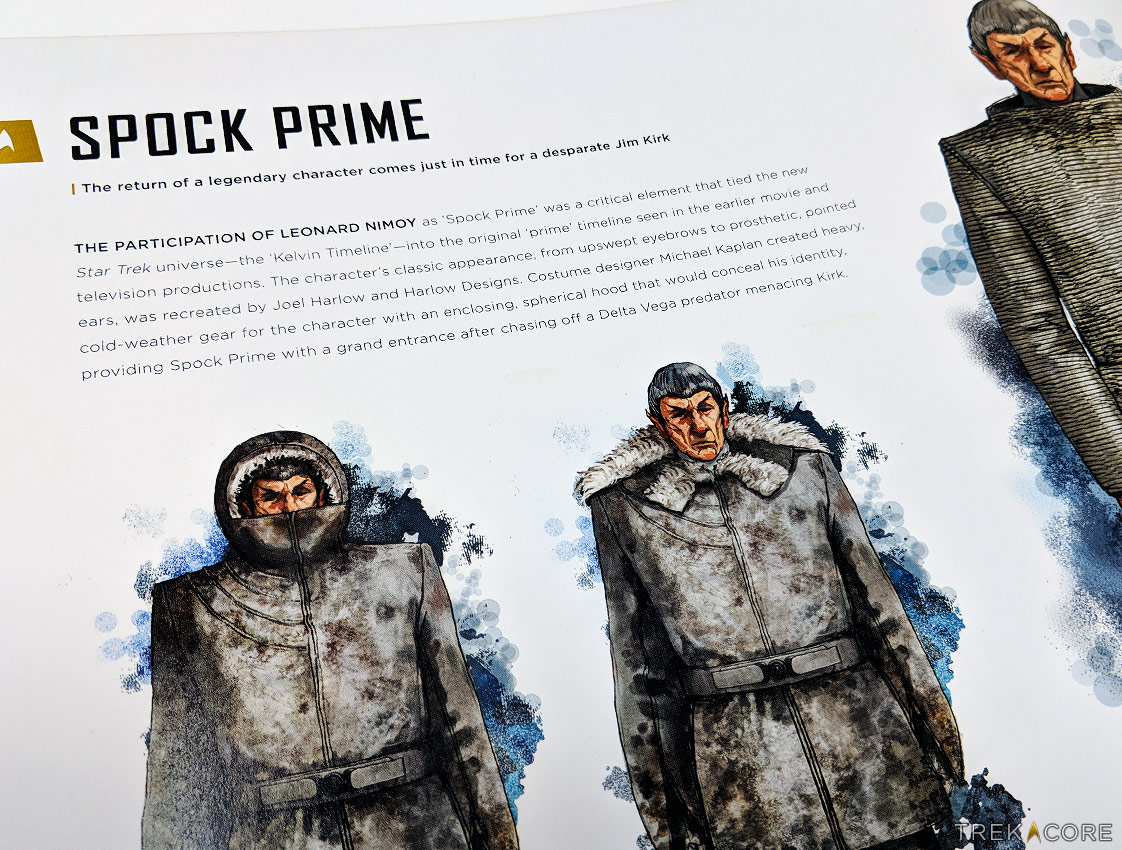
On a critical note, both Into Darkness and Beyond each feel a bit under-served here. More than half of this new publication focuses on the 2009 debut picture, which (as noted above) has already had a dedicated 150-plus page art book already available to fans, while this is the first book touching on the second Kelvin Timeline film at all.
And despite having the Harlow makeup companion book out this fall, having only six pages here to cover the swath of costume designs, uniform upgrades, and alien species in Beyond seems a bit too restrictive for those fans who aren’t buying both books.
Additionally, with the amount of 2009 concept art included here that has been seen before, it’s a shame to leave out some of the many pieces for those two films, including the work of artist Victor Martinez, who has shared many of those images online for both Into Darkness and for Star Trek Beyond. By our count Martinez’s work only appears once, total, across the coverage of the second two films.
We also spotted a few minor editorial issues – a few typos and a mislabeled photo or two – but most notably, the section on Beyond’s Enterprise redesign actually features concept art for Sean Hargreaves’ Enterprise-A seen at the end of the film… without any follow-up discussion of the actual Enterprise-A later in the text.
Despite those minor criticisms, the overwhelming majority of the info and imagery The Art of Star Trek: The Kelvin Timeline serves as a top-notch publication, making it an excellent addition to any Star Trek fan’s reference collection.
Titan Books has really put together a great guide to the creativity behind the Star Trek Kelvin Timeline across its three publications to date – and we’re glad to have them all on our shelf.
![]()

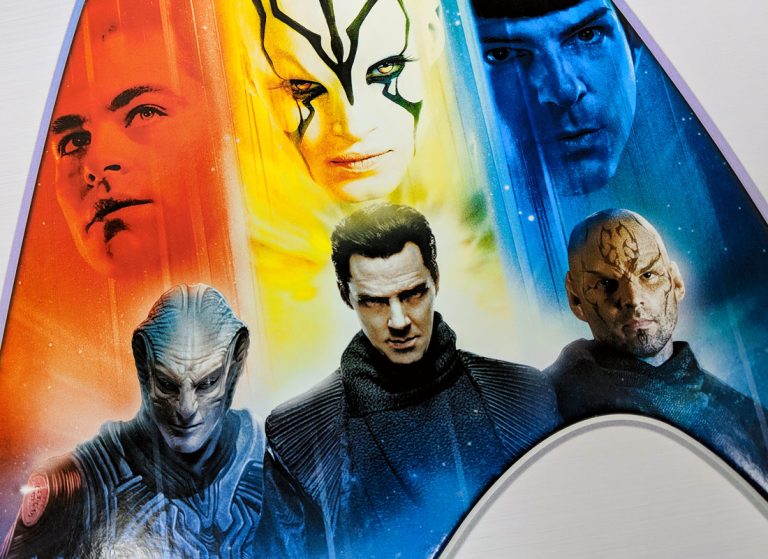
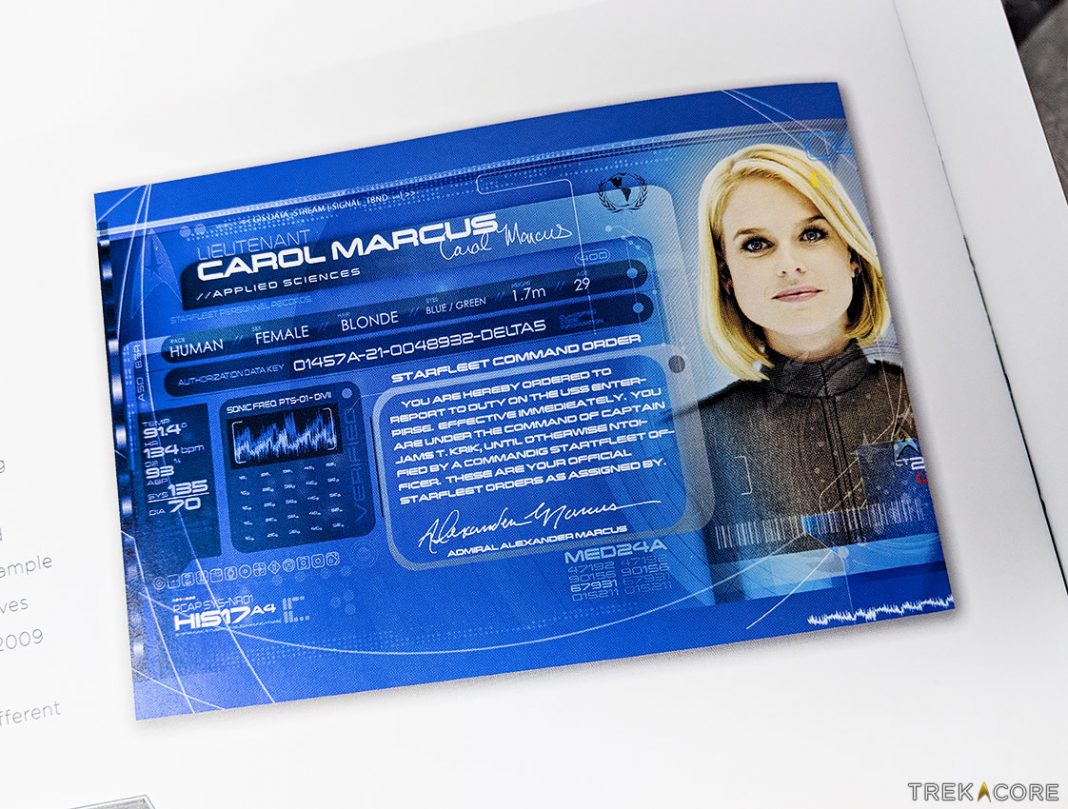

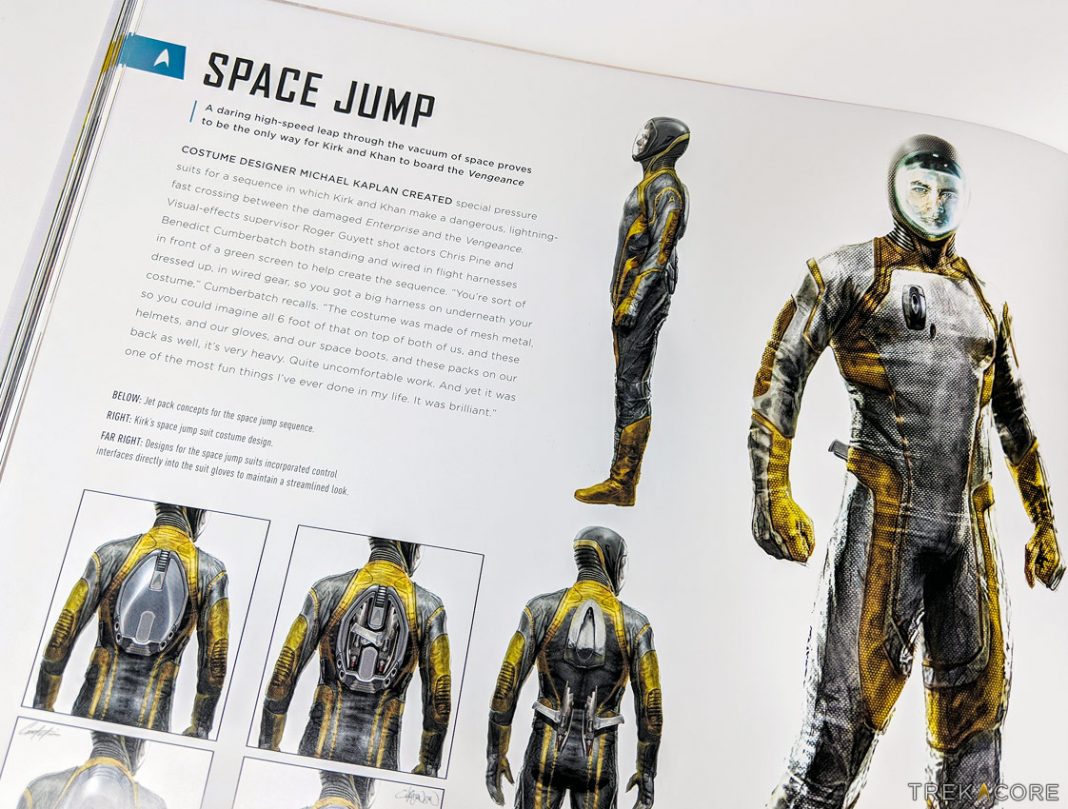
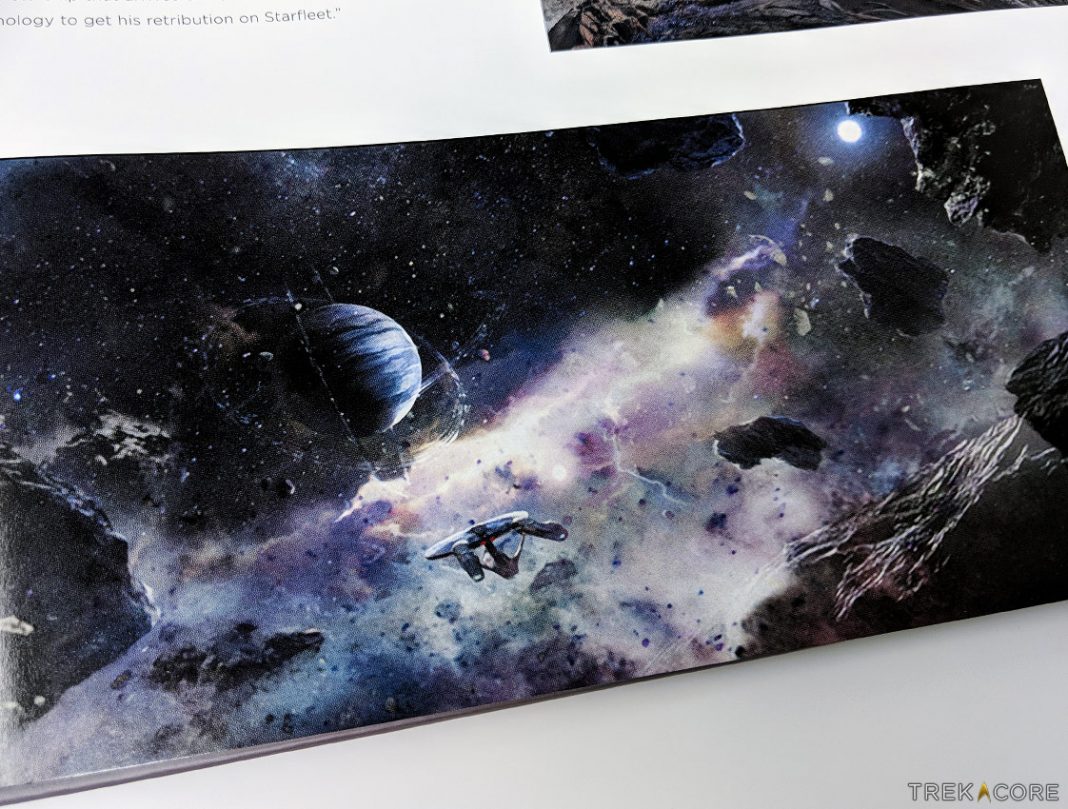
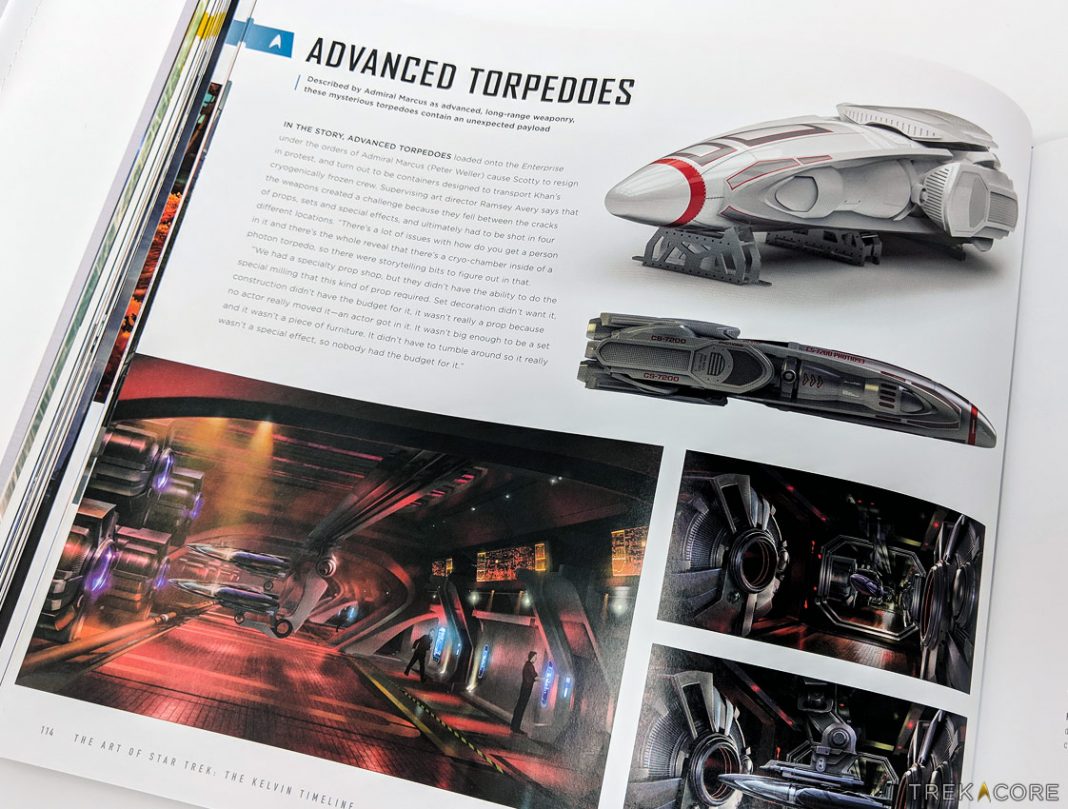
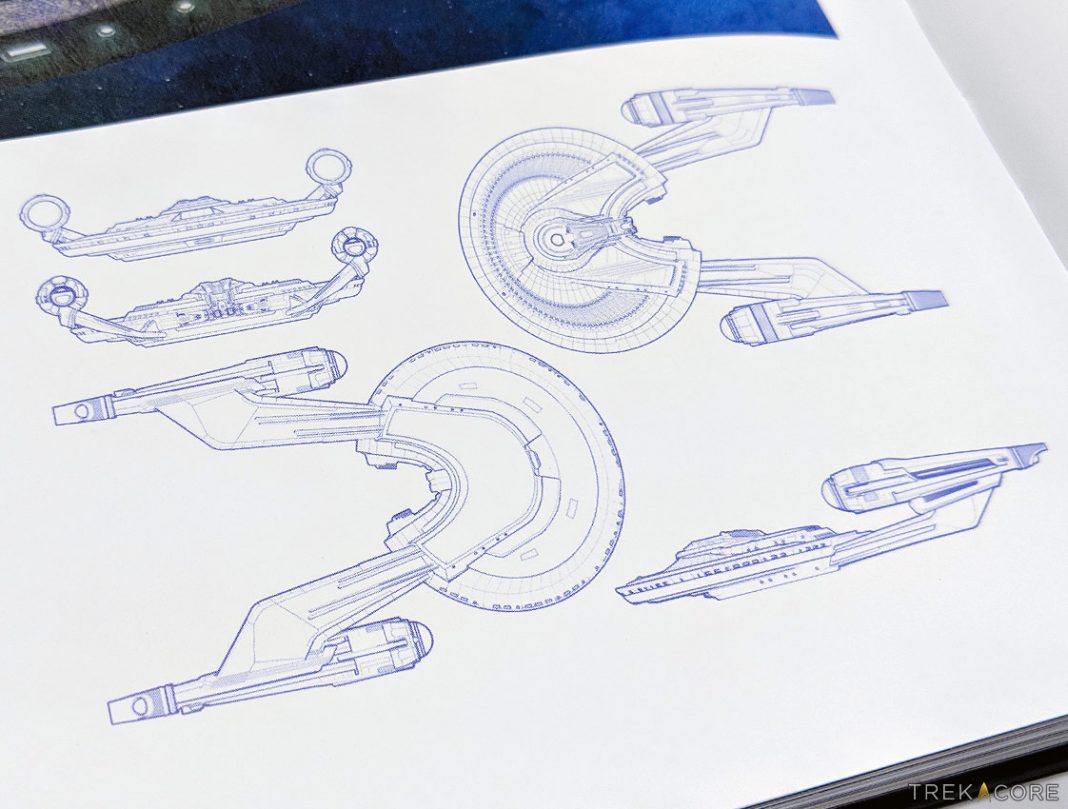
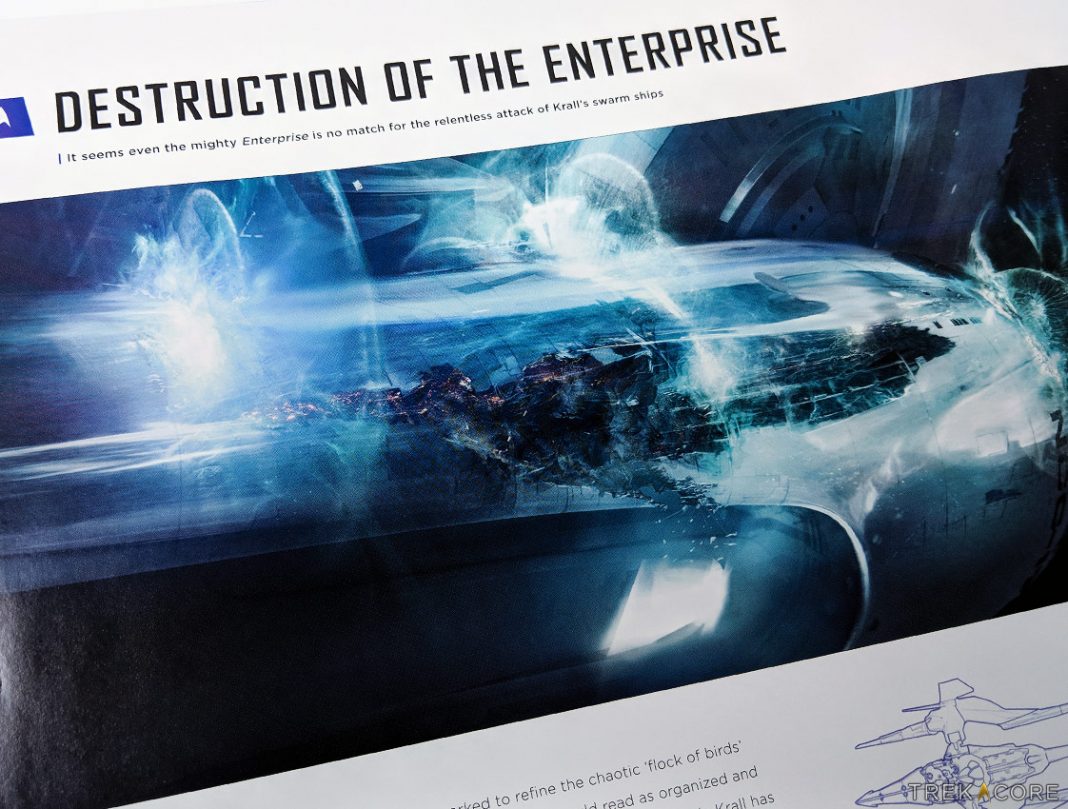
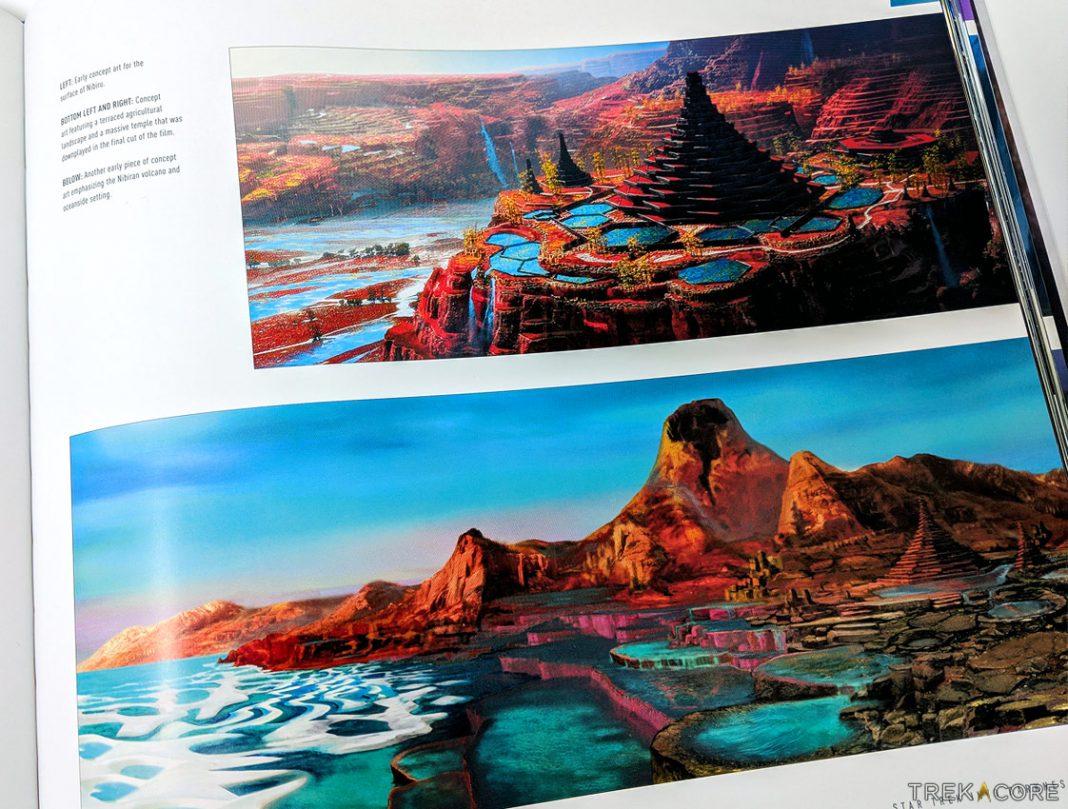
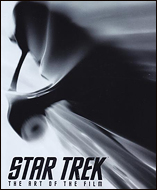 Star Trek:
Star Trek: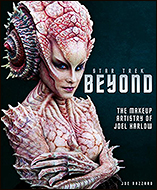 Star Trek Beyond:
Star Trek Beyond: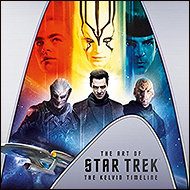 The Art of Star Trek:
The Art of Star Trek: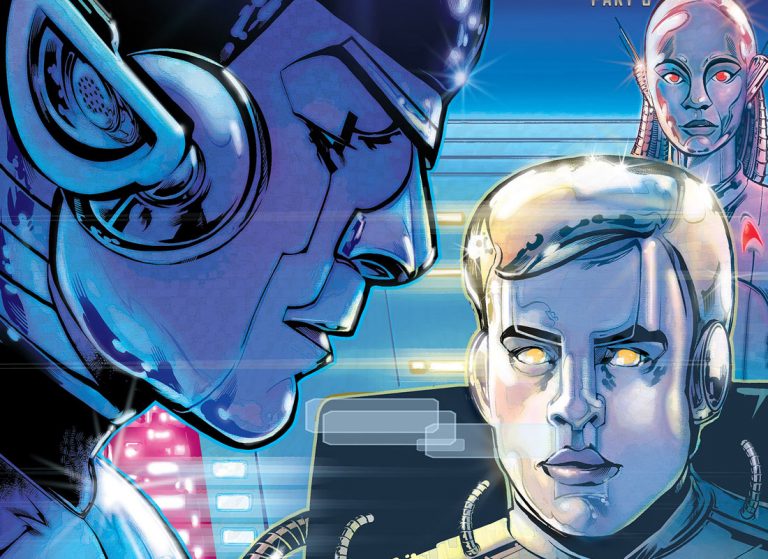
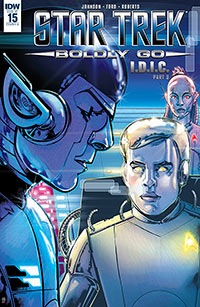
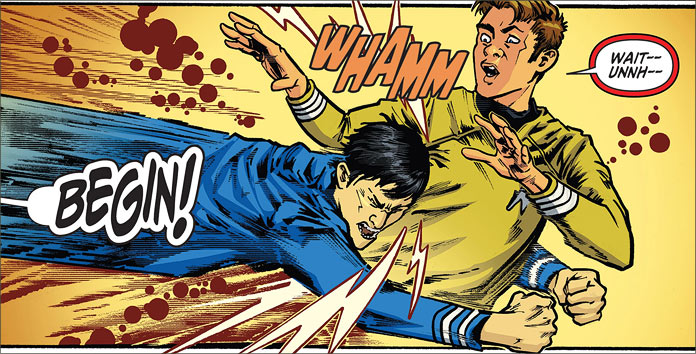
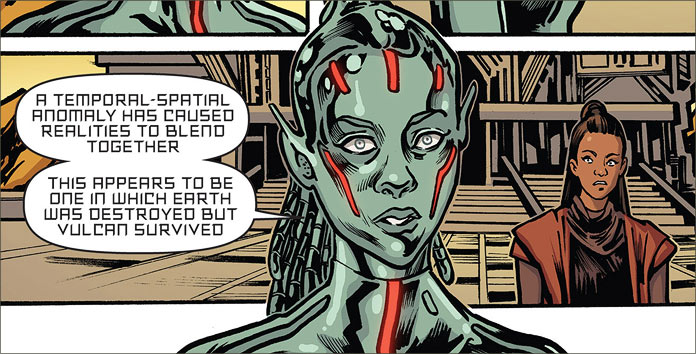
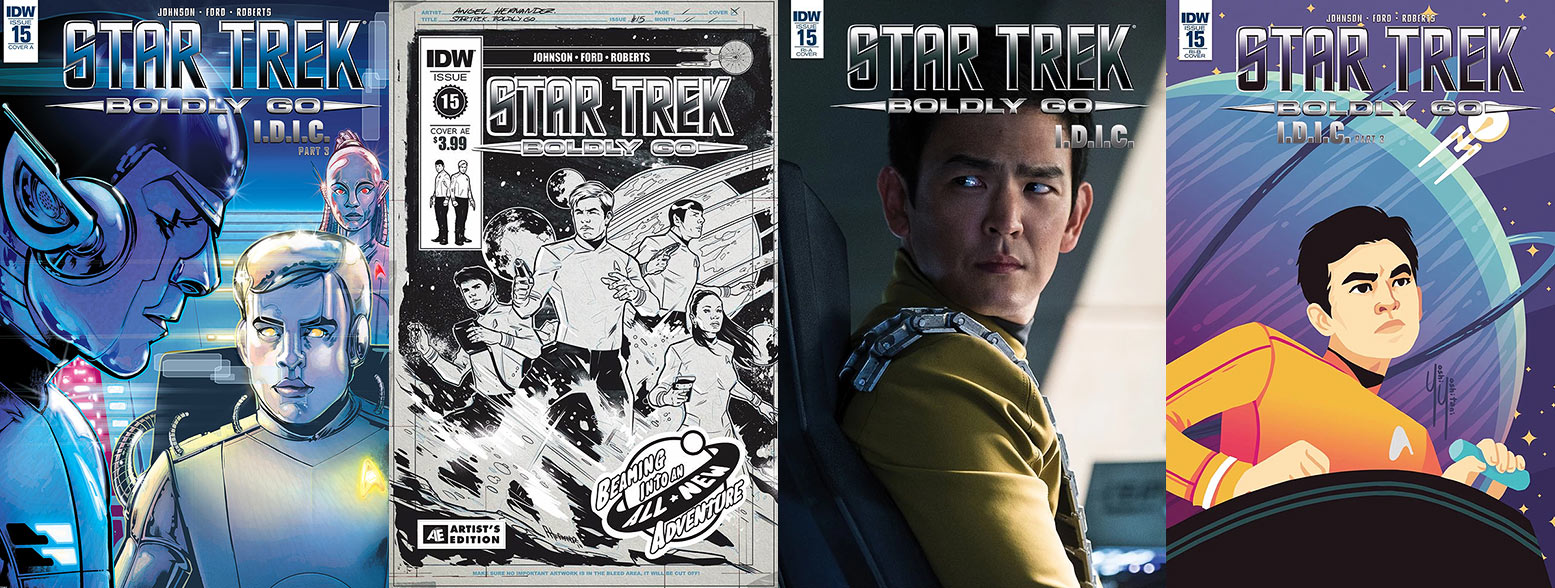
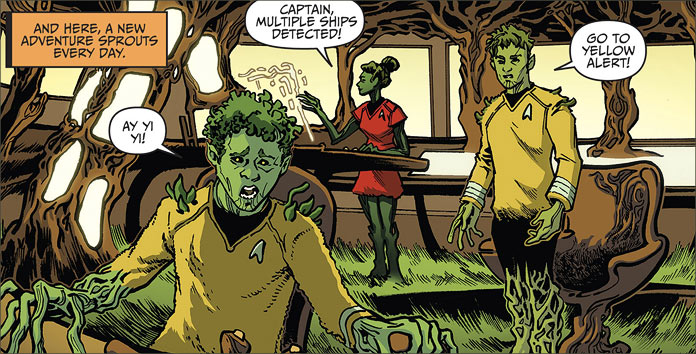
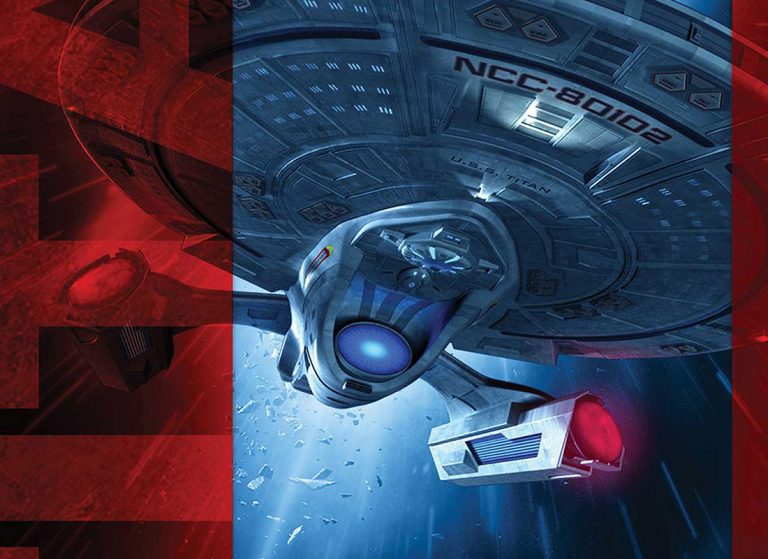
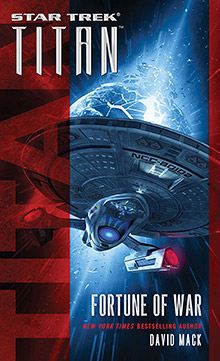
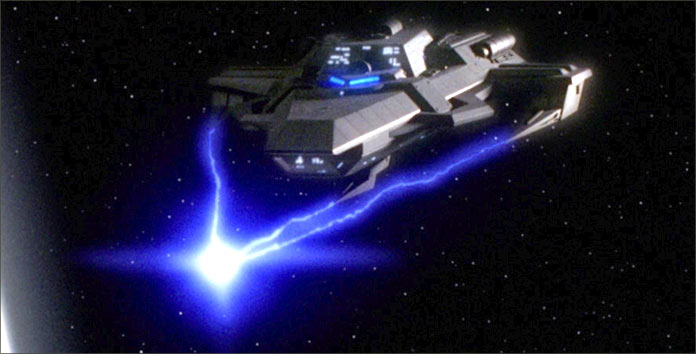
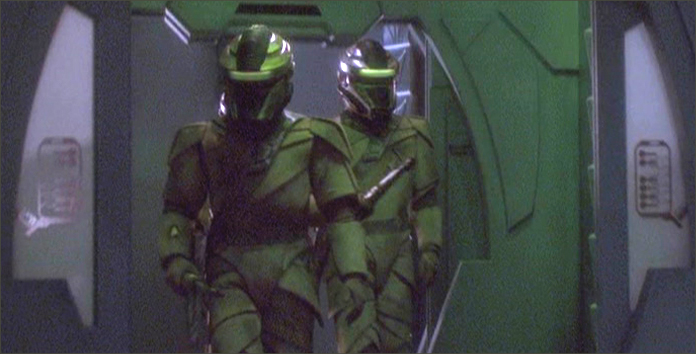
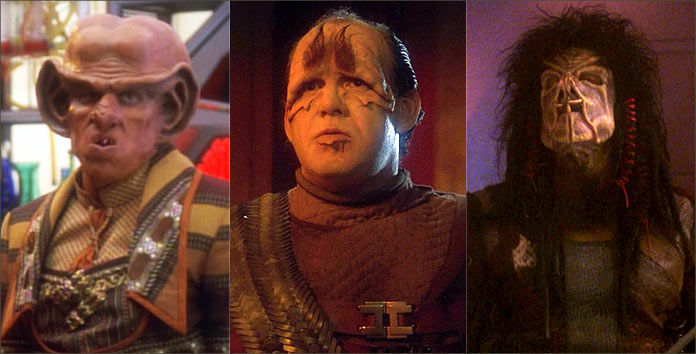

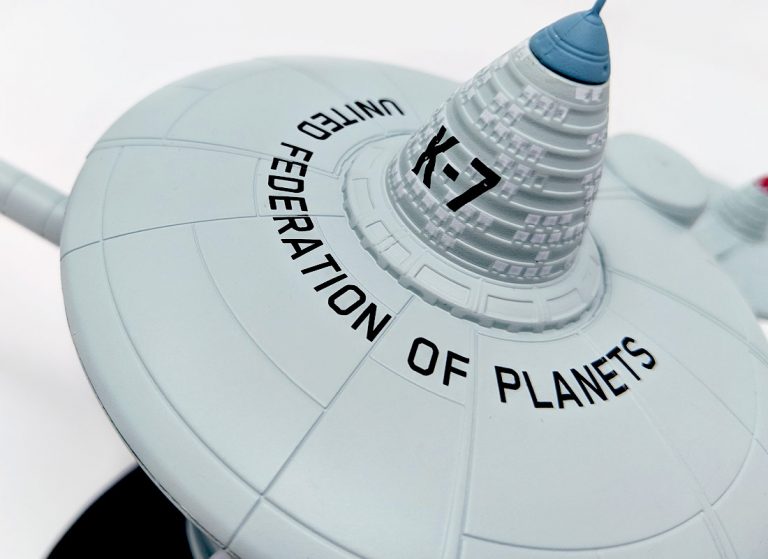
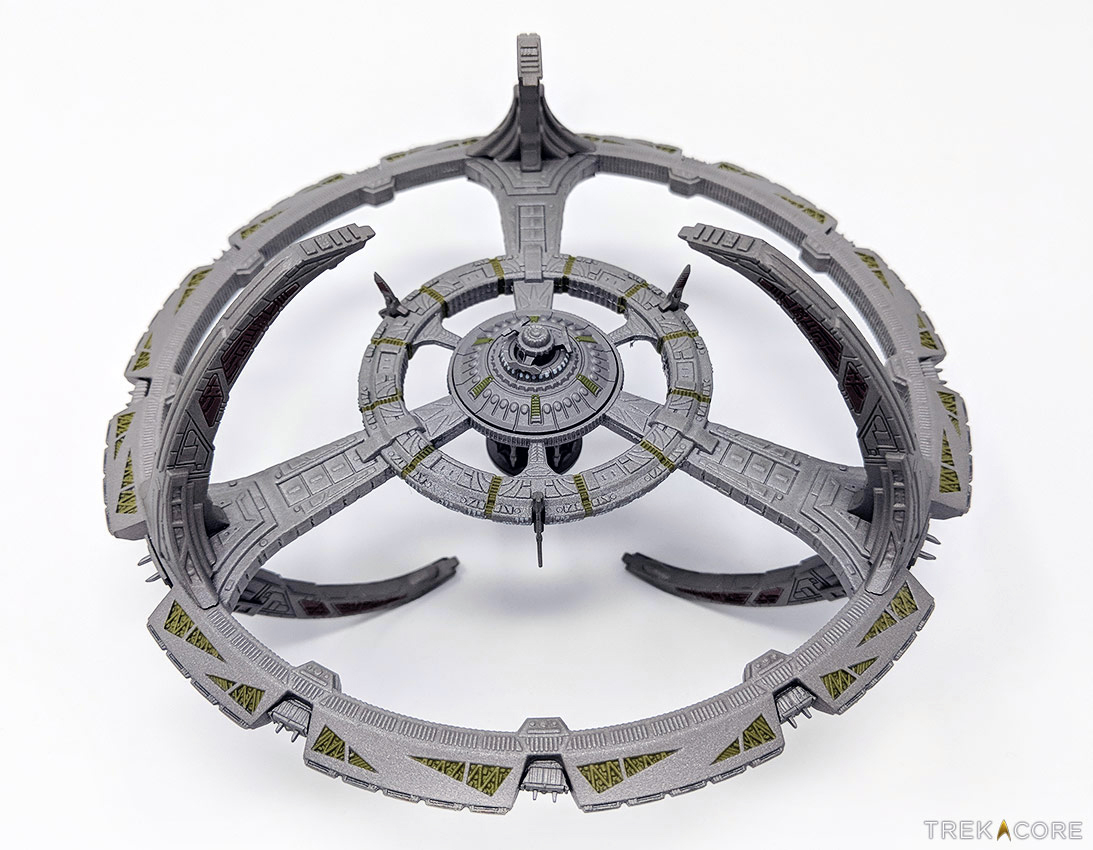




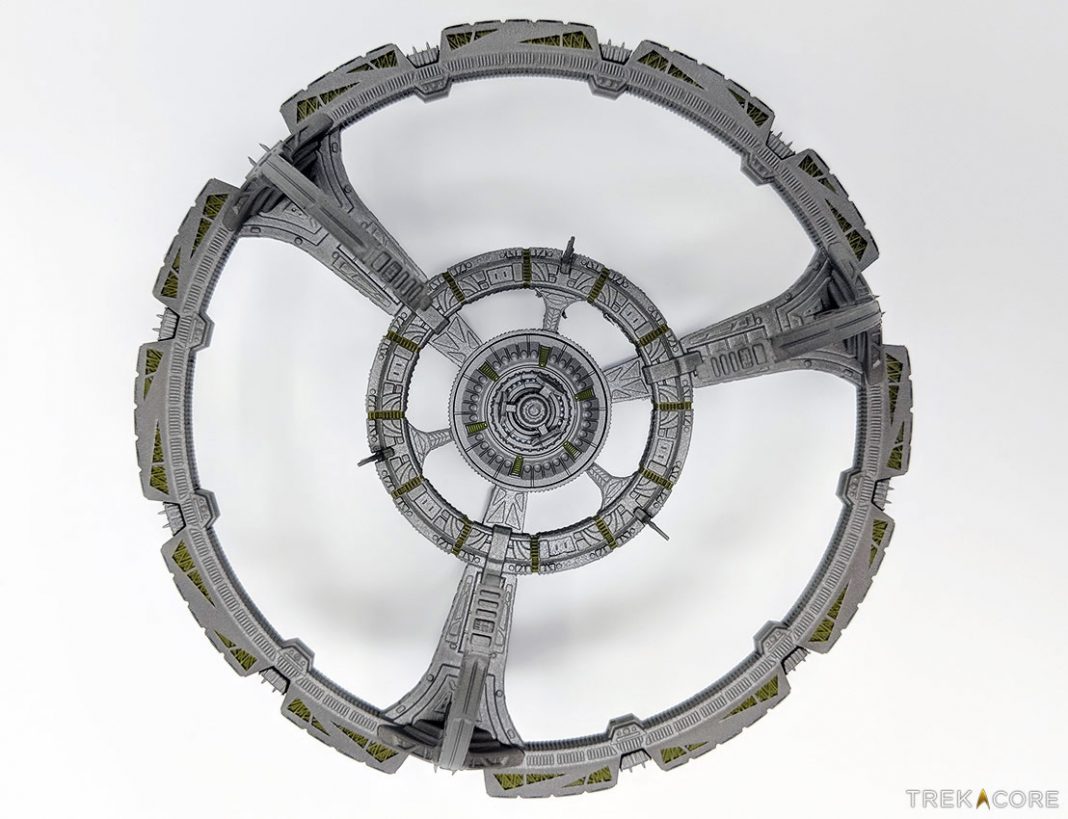








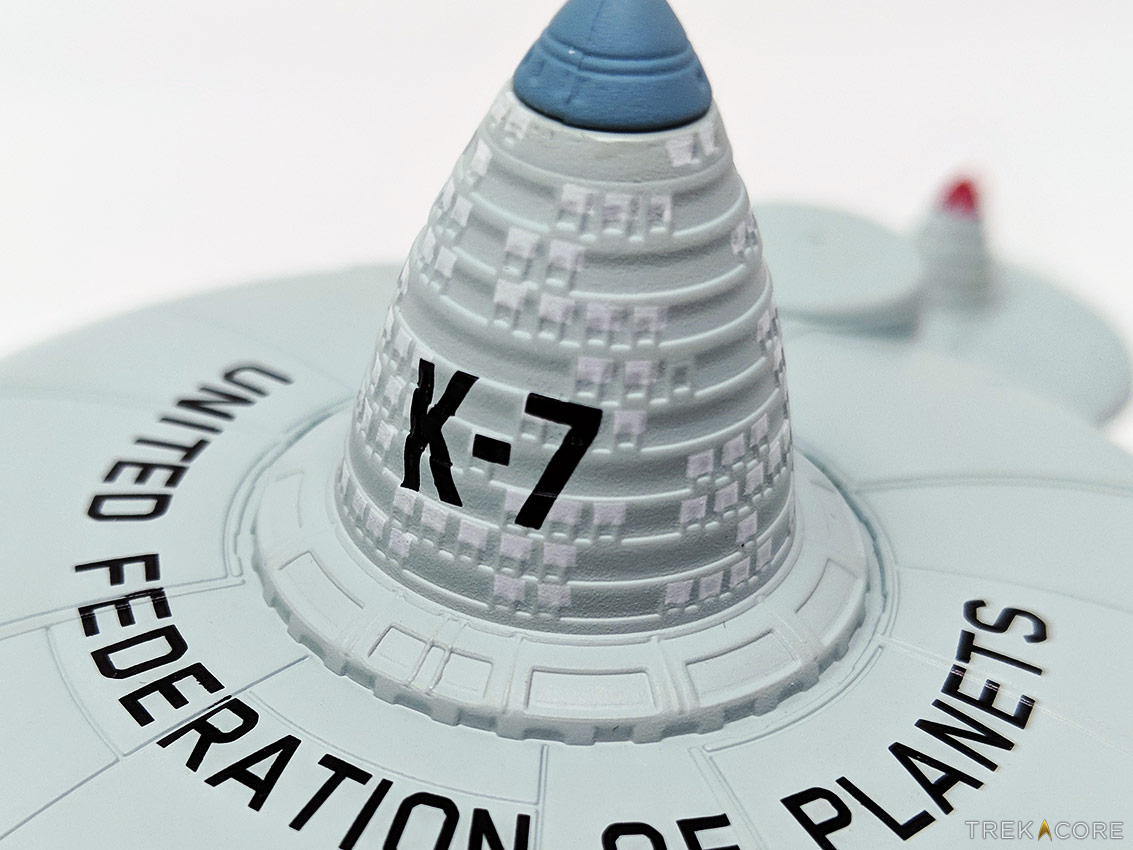
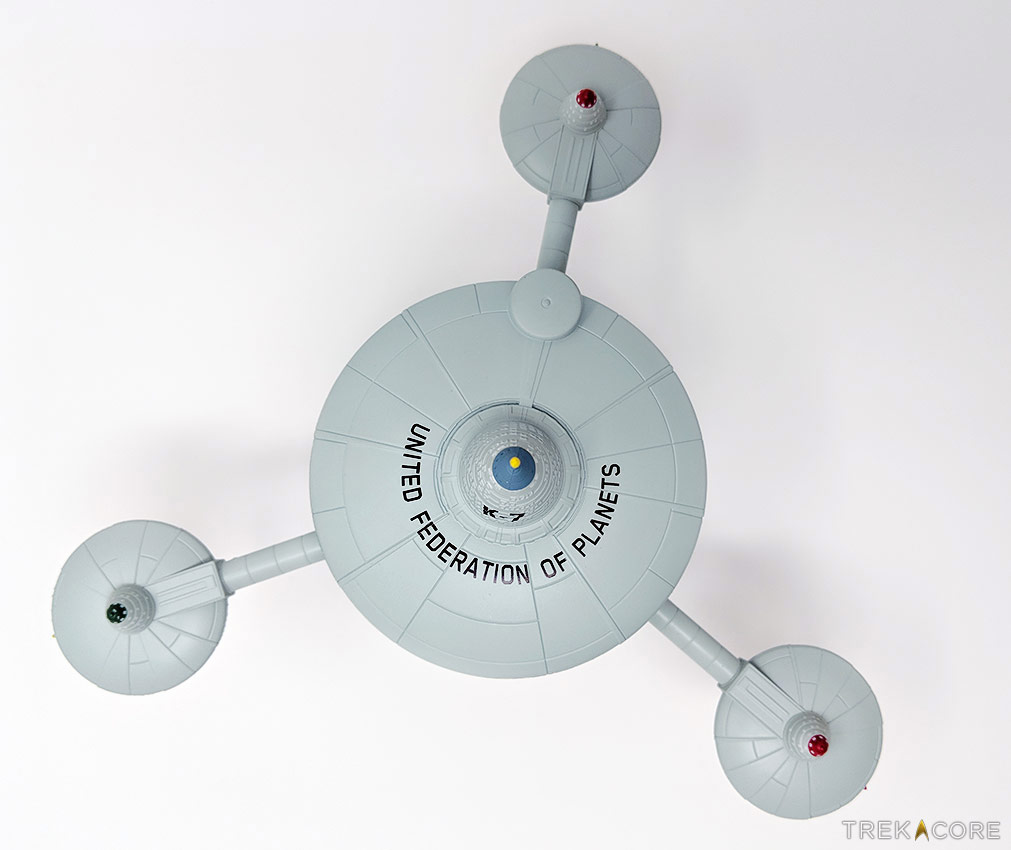
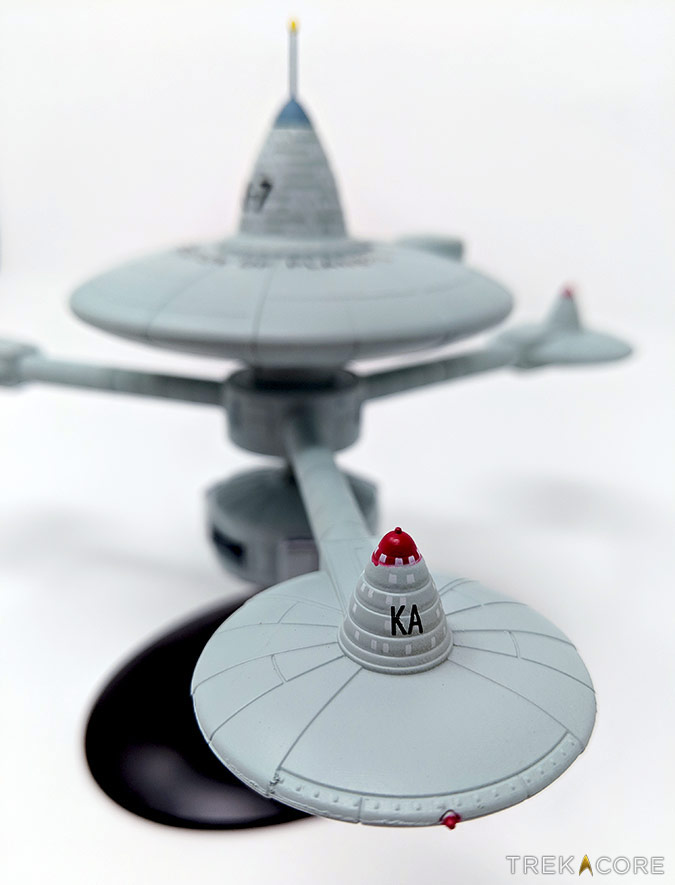

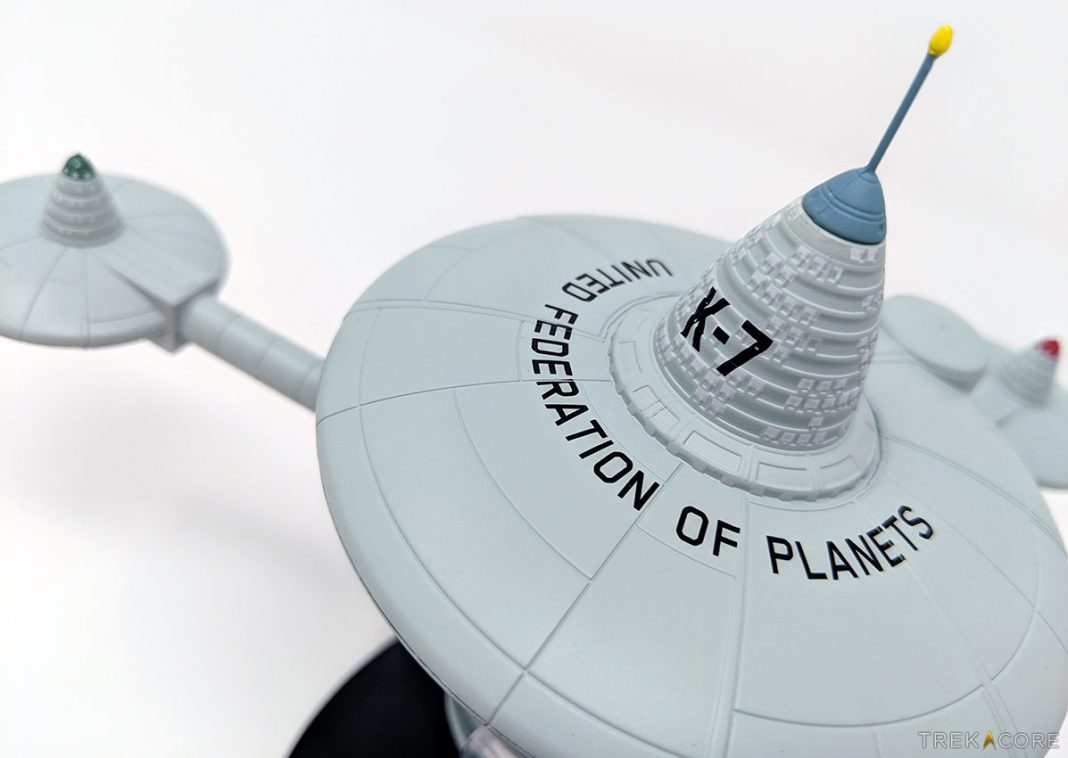
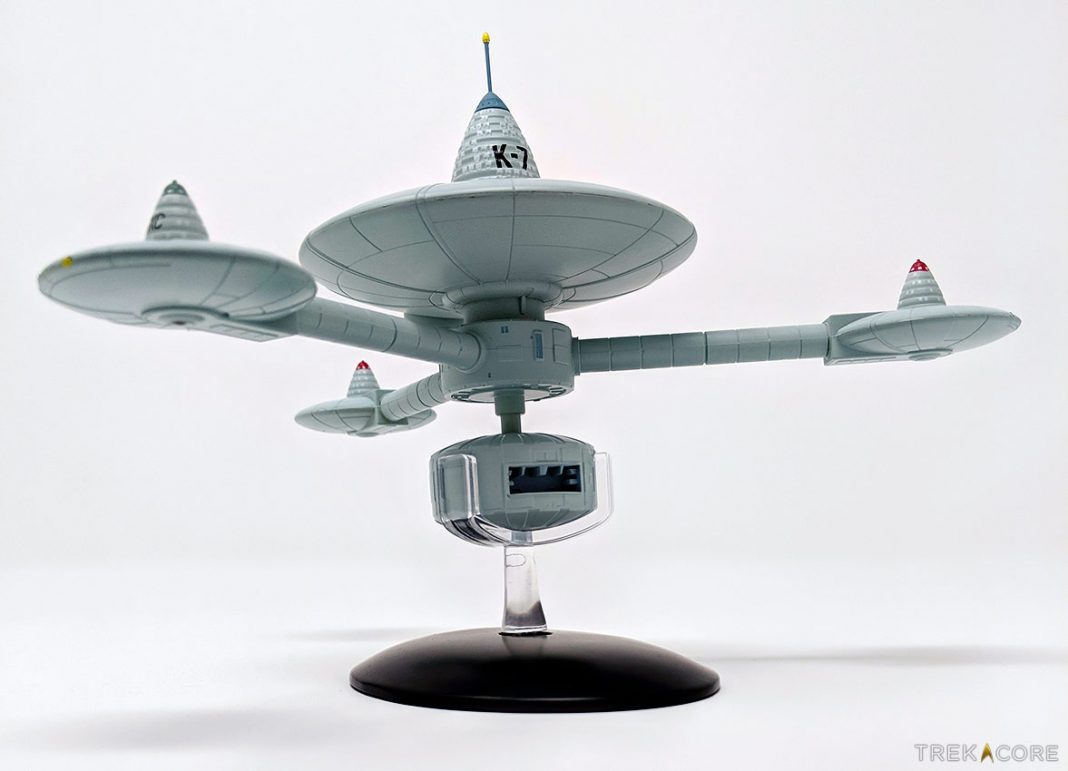
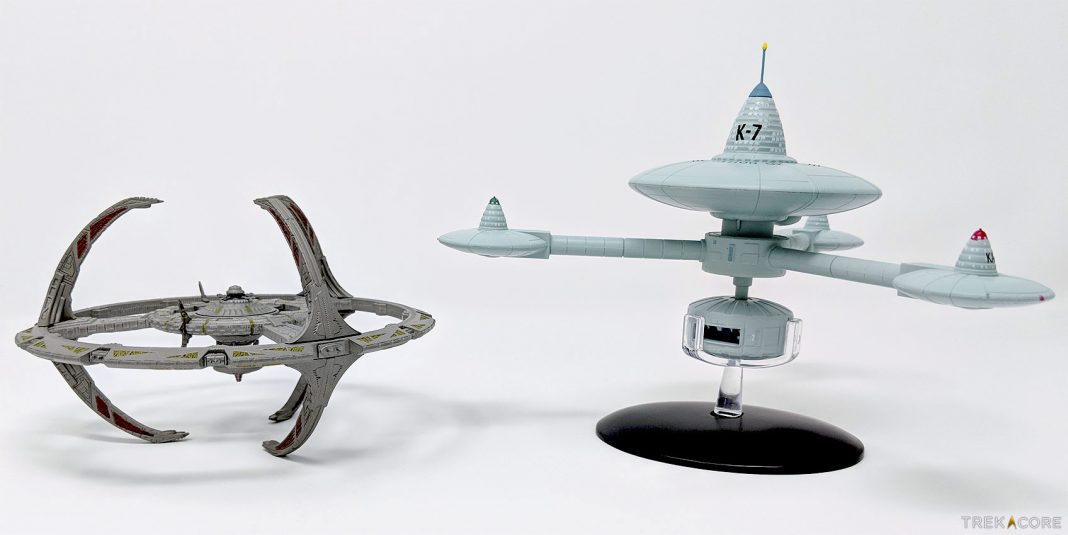


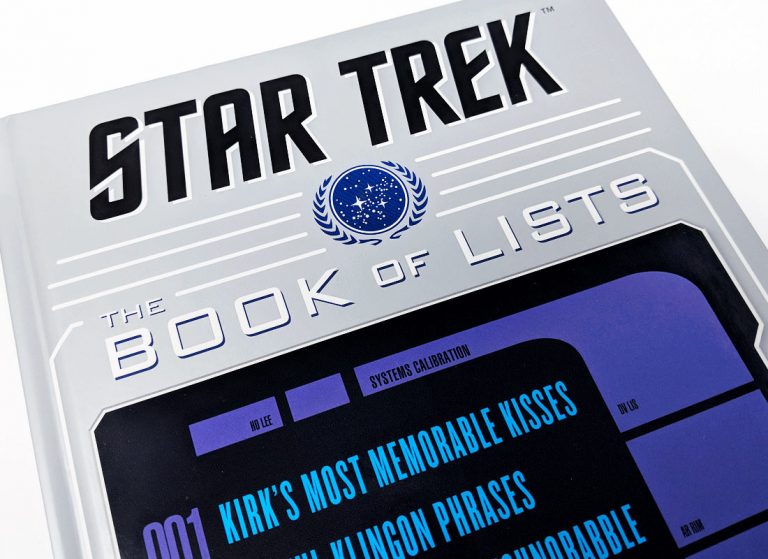
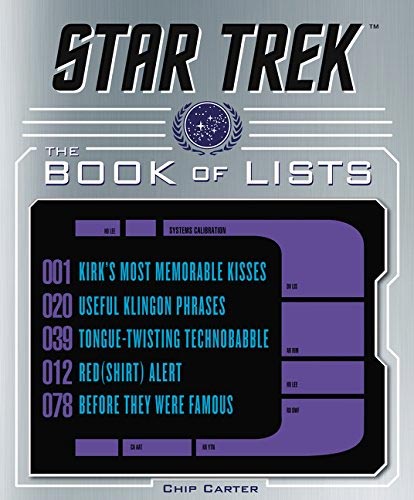
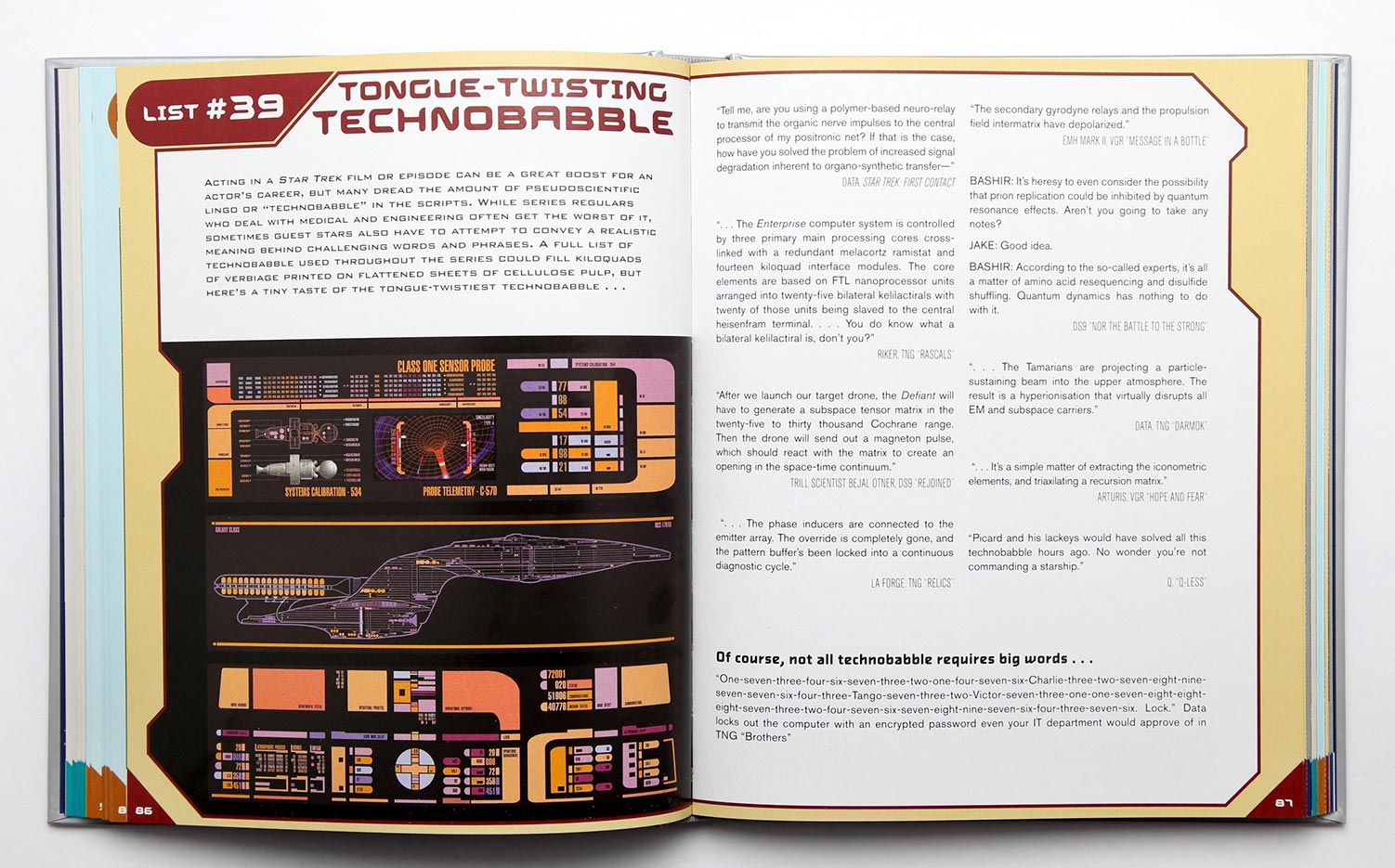



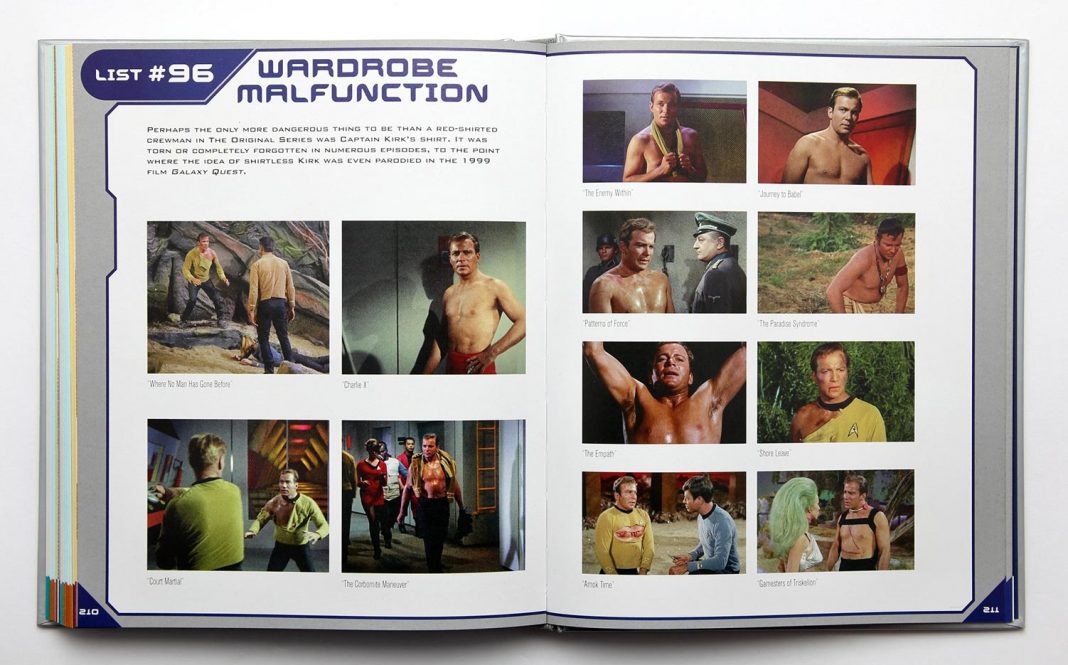
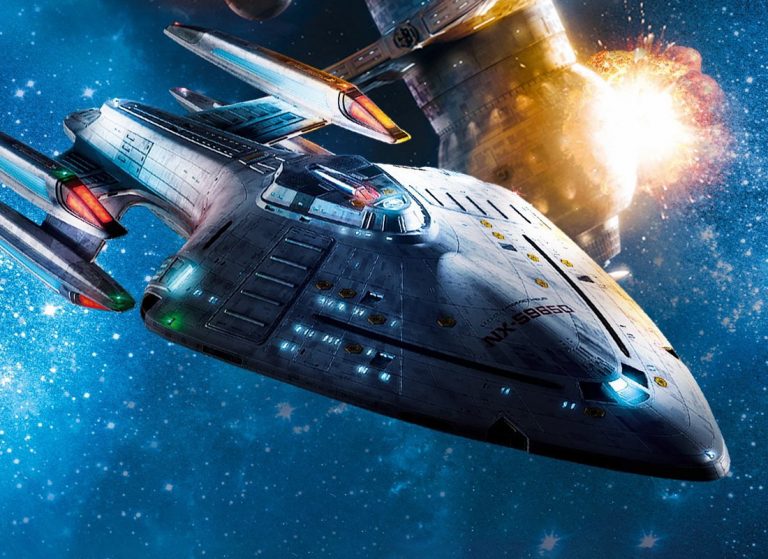
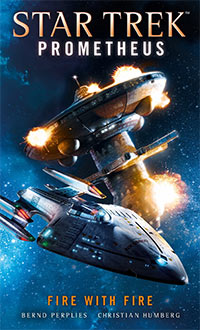
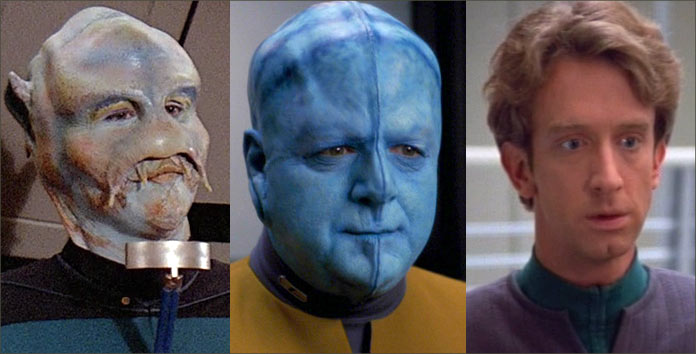
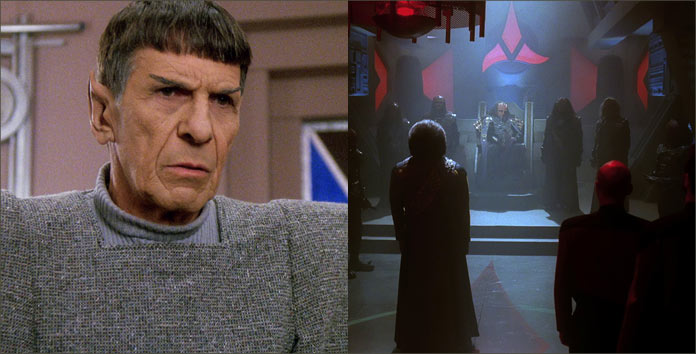
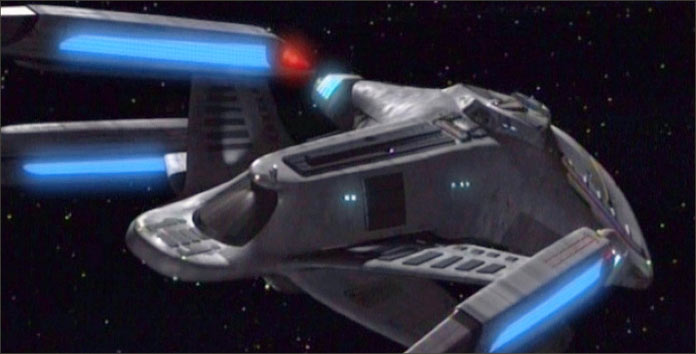
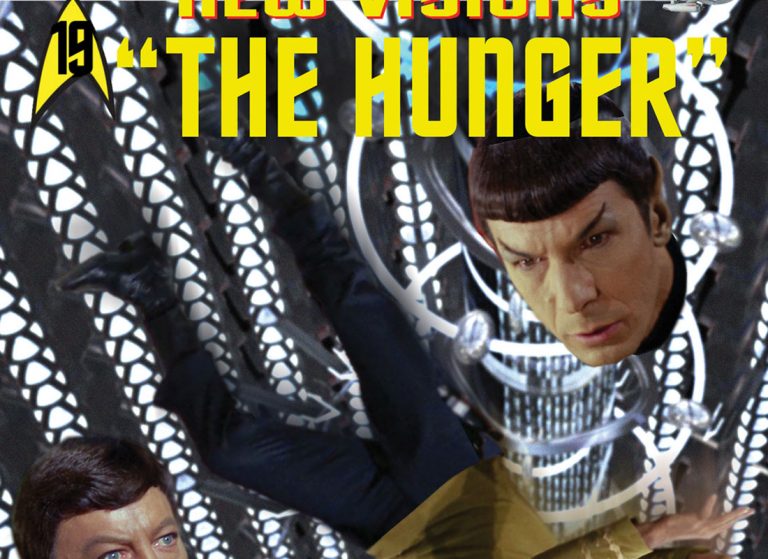
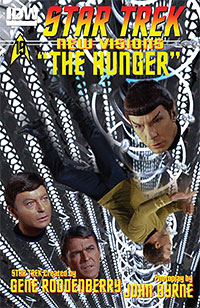
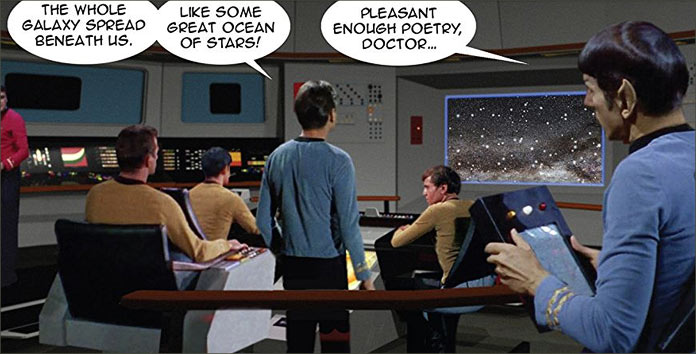
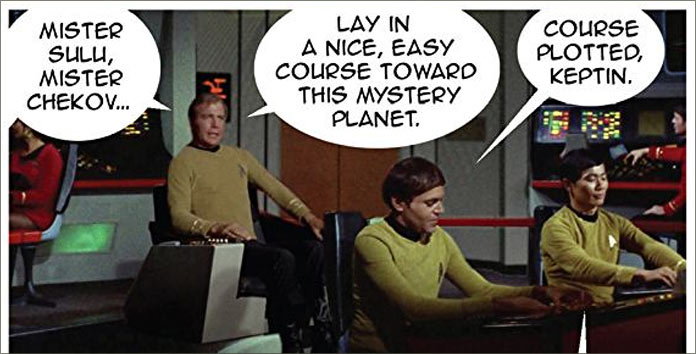
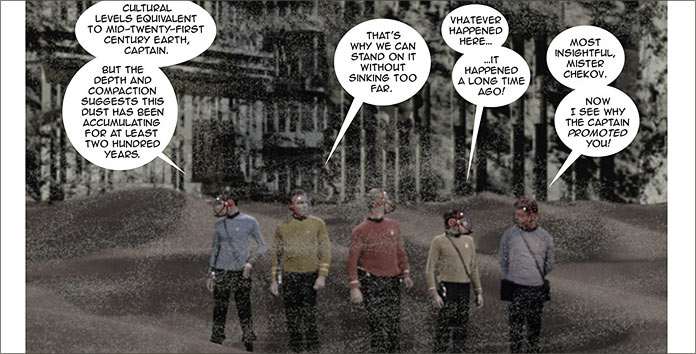
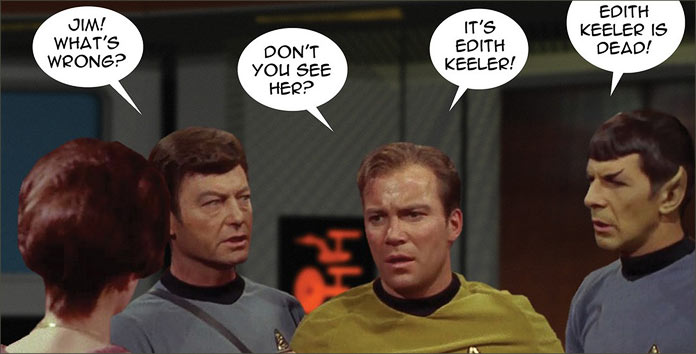
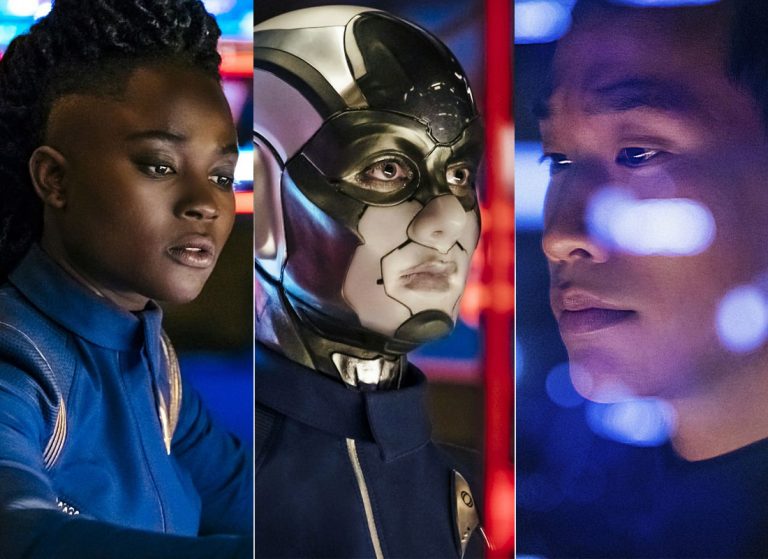

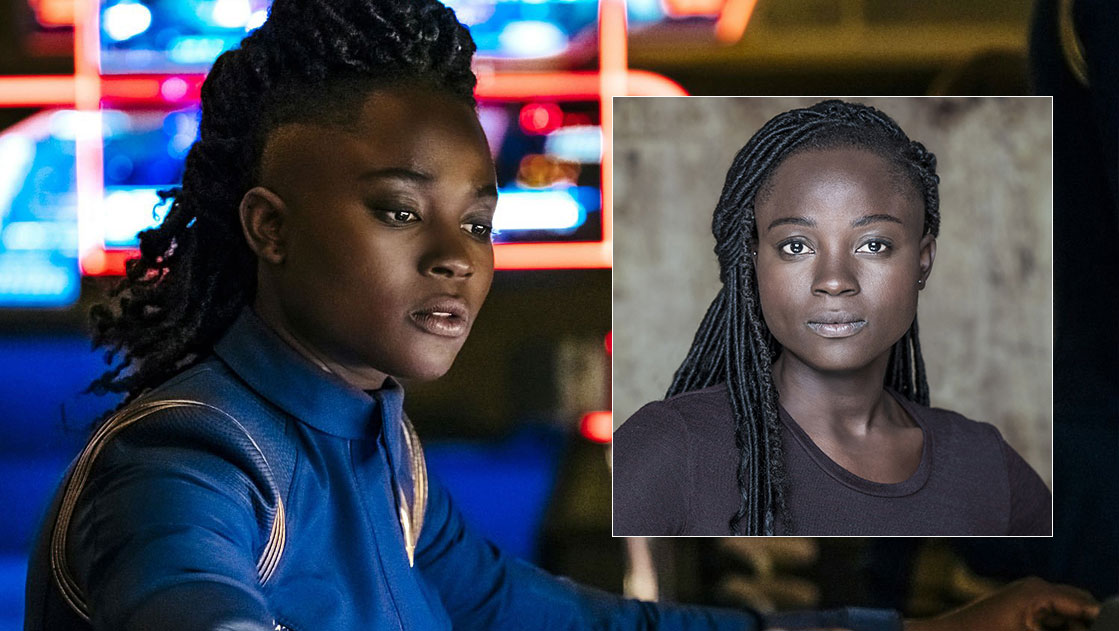


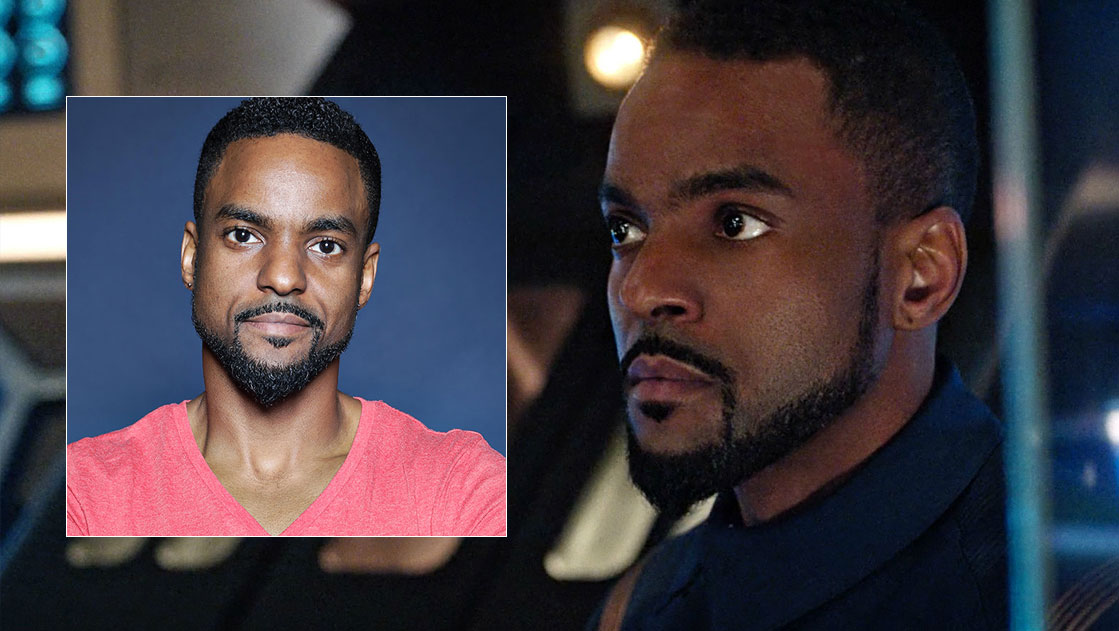
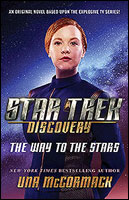 Novel #4:
Novel #4: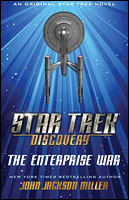 Novel #5:
Novel #5: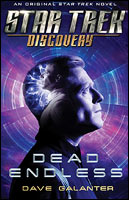 Novel #6:
Novel #6: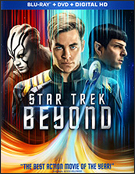 OrderStar Trek Beyondon Blu-ray!
OrderStar Trek Beyondon Blu-ray!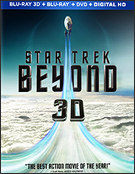 OrderStar Trek Beyondon 3D Blu-ray!
OrderStar Trek Beyondon 3D Blu-ray!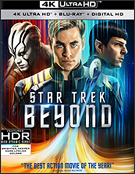 OrderStar Trek Beyondon 4K Blu-ray!
OrderStar Trek Beyondon 4K Blu-ray!
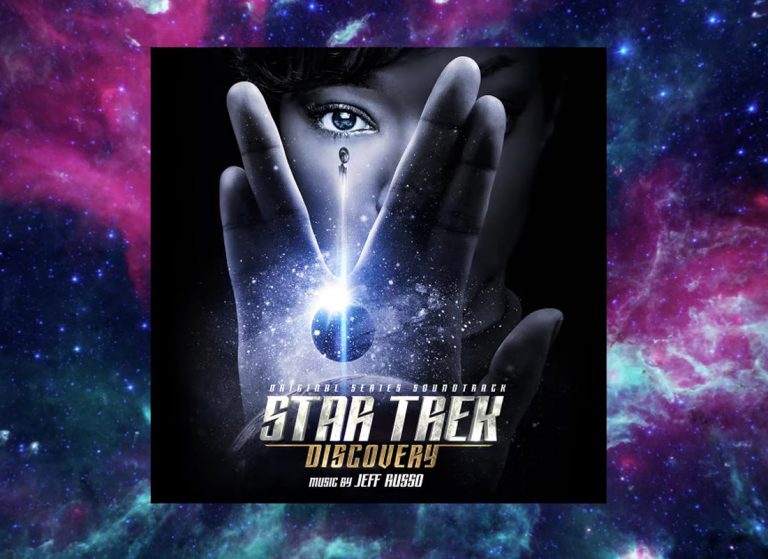
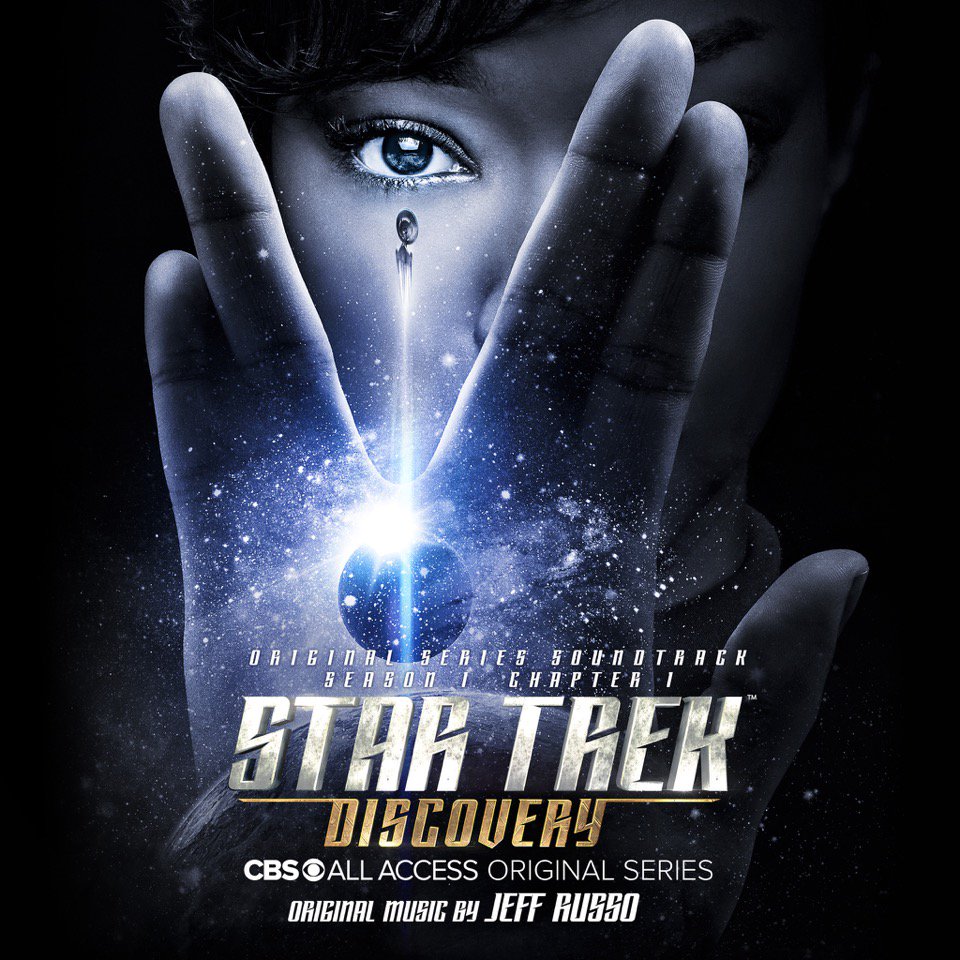
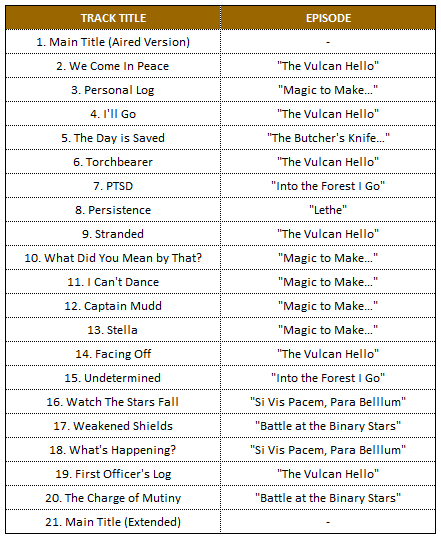
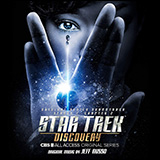 S1 Soundtrack: Chapter 1
S1 Soundtrack: Chapter 1

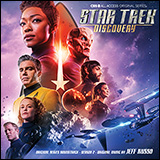 S2 Soundtrack
S2 Soundtrack